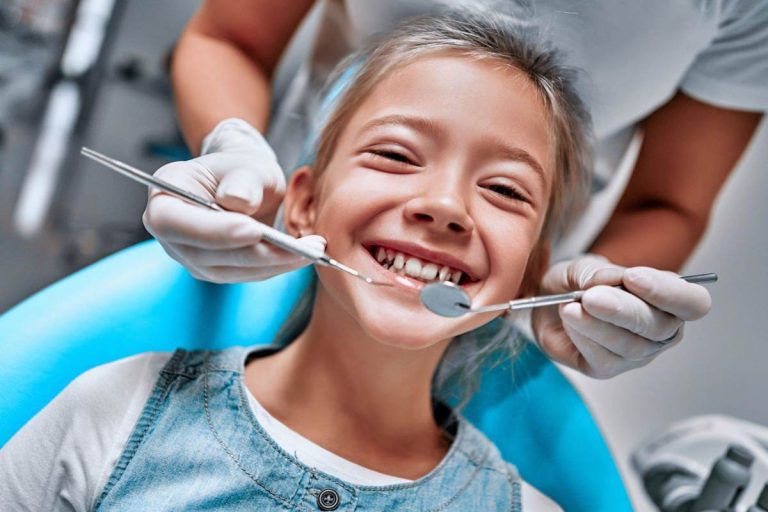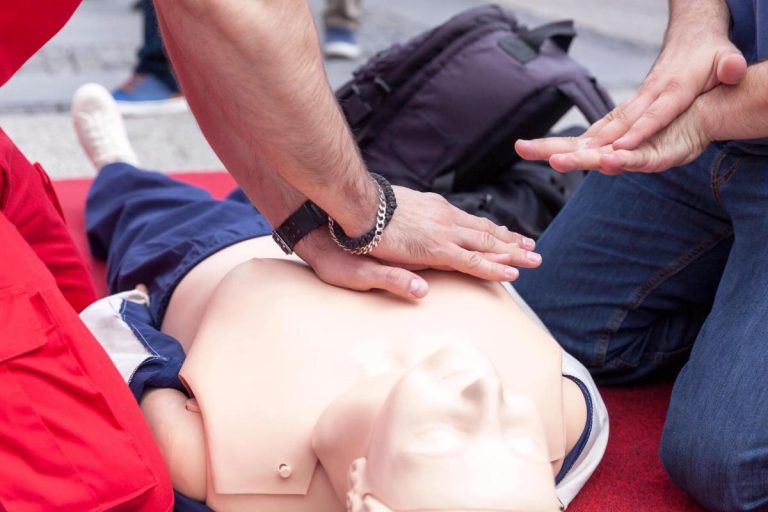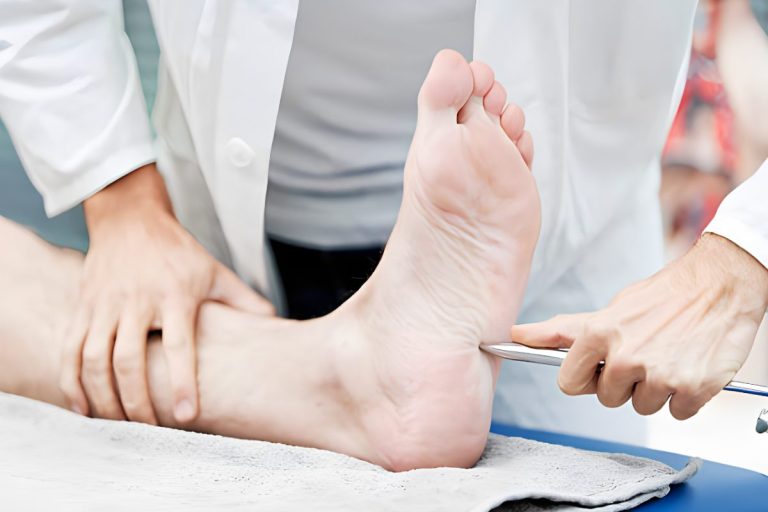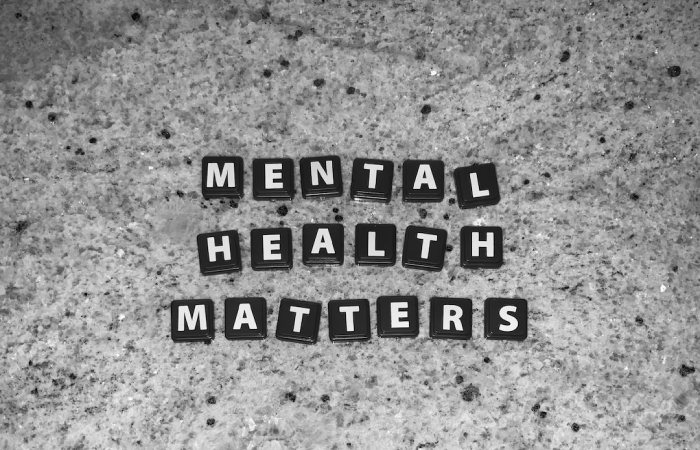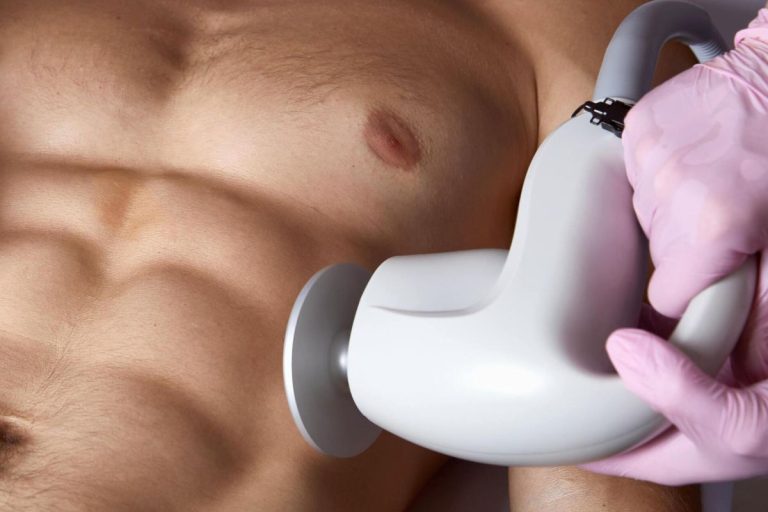Learn the techniques to improve your posture and core endurance to advance your fitness journey.
Discover a plethora of possibilities by adding a mini stepper to your workout routine and exploring the life-changing benefits that are in store for you.
Pursuing optimal health and fitness has become a priority for individuals of all ages. Balancing work, personal commitments, and maintaining an active lifestyle can be daunting, prompting the search for innovative and efficient solutions to seamlessly integrate physical activity into our daily routines.
Amid this landscape, mini steppers’ unassuming yet transformative presence has gained significant traction.
These compact devices can facilitate effective workouts that target diverse muscle groups, refine posture, and amplify core endurance.
In this comprehensive exploration, you will learn the multifaceted advantages of mini steppers and how their integration can reshape and invigorate your fitness journey.
Understanding Mini Steppers
A mini stepper, a compact yet dynamic exercise apparatus, reimagines ascending stairs into a comprehensive workout.
Comprising two pedals that mimic the vertical movement of stairs, mini steppers offer a low-impact cardiovascular exercise that engages multiple muscle groups.
This innovative solution is not physically limited, allowing users to enjoy its benefits from the comfort of their own homes or any other easily accessible location.
Advantages of Mini Steppers
Elevating Cardiovascular Health
Prioritizing cardiovascular well-being forms the bedrock of a healthy lifestyle. Mini steppers provide an accessible means to elevate heart rate, enhance blood circulation, and cultivate cardiovascular endurance.
These subtle yet powerful motions infuse vitality into the heart and circulatory system, contributing to cardiovascular health.
Fortifying Lower Body Muscles
The symphony of motion that mini steppers orchestrate engages various lower body muscles.
These muscles are called into action, from the quadriceps and hamstrings to the calves and glutes, enhancing muscular tone, strength, and stability.
Regular use of mini steppers transforms them into catalysts for lower body empowerment.
Augmenting Core Endurance
While the focus is often on the lower body, mini steppers also deliver a silent challenge to the core muscles.
These intricate muscles play a pivotal role in maintaining stability and equilibrium. Stepping on a mini stepper requires constant core engagement to maintain balance, gradually nurturing enhanced core endurance.
Elevating Posture through Mini Steppers
The widespread prevalence of poor posture, exacerbated by desk-bound work routines, demands attention.
Mini steppers offer a countermeasure by actively strengthening the muscles responsible for maintaining proper posture. The core, back, and leg muscles, engaged while stepping, collaboratively reinforce the body’s structural alignment.
A Convenient Solution for Fitness
The allure of mini steppers extends beyond their effectiveness; it lies in their unparalleled convenience.
These compact companions challenge traditional exercise norms by seamlessly integrating into various settings.
Whether in a living room corner or beneath a desk, mini steppers empower individuals to merge their fitness goals with the realities of limited space and time.
Incorporating Mini Steppers into Your Routine
Commencing with Short, Manageable Sessions
For novices to the world of mini steppers, embarking on the journey with short sessions is advisable.
Initiating your engagement with 5-10-minute intervals prevents overwhelm and permits the body to adapt to the new exercise regimen.
Gradually Intensifying the Regimen
As stamina and fitness levels evolve, the intensity of mini stepper workouts can be progressively increased.
Incorporating interval training, increasing stepping speed, or introducing resistance bands imbues variety into the routine, enhancing its effectiveness.
Infusing Variability into Your Movements
To prevent monotony and ensure a comprehensive workout, diversify your stepping movements.
Alternating between standard stepping, side stepping, and even incorporating gentle arm movements fosters holistic muscle engagement and sustains interest.
Selecting the Optimal Mini Stepper
Integrating a mini stepper into your fitness routine begins with selection. Consider the following aspects to make an informed choice:
Assessing Build Quality and Durability
Investigate the build quality of the Mini Stepper Amazon to ensure durability and longevity. Sturdier construction contributes to a reliable exercise experience, reducing the likelihood of wear and tear.
Exploring Resistance Levels and Adjustability
Variability in resistance levels is a valuable feature. Choose a mini stepper that allows you to adjust the resistance, accommodating your fitness level and goals as they evolve.
Monitoring Progress with Built-in Trackers
Opt for a mini stepper equipped with built-in progress trackers. These trackers provide insights into your workout duration, steps taken, and even calories burned, enabling you to measure your progress effectively.
Guidelines for a Fruitful Fitness Expedition
Cultivating Realistic and Attainable Goals
A successful fitness journey commences with setting practical and achievable goals. Realism in goal setting fuels motivation and facilitates accurate progress tracking.
Embracing the Power of Consistency
A steadfast commitment to consistency underpins any fruitful fitness endeavor. Designating mini stepper sessions as non-negotiable appointments with your health ensures that your efforts consistently contribute to your well-being.
Listening Attentively to Your Body’s Signals
Embarking on a fitness journey necessitates heightened awareness of your body’s responses.
If discomfort or strain arises during mini stepper sessions, exercise caution, adjust your technique, and seek guidance from fitness experts if necessary.
Key Takeaways
Infusing mini steppers into your fitness routine represents a paradigm shift that can revolutionize your approach to health and vitality.
These seemingly modest devices can impart a spectrum of benefits, from cardiovascular enhancement to muscular fortification and posture refinement.
By embracing the efficiency and efficacy of mini steppers, you embark on a transformative voyage towards a healthier and more empowered lifestyle.
Ready to take your fitness journey to the next level? Explore the power of mini steppers and transform your posture and core strength—today!
Frequently Asked Questions (FAQs)
- What precisely is a mini stepper?
A mini stepper is a compact exercise device that replicates the motion of climbing stairs, providing a low-impact cardiovascular workout.
- Can mini steppers be effectively utilized during remote work sessions?
Indeed, mini steppers seamlessly integrate into remote work routines, offering an opportunity to infuse physical activity into your workday.
- What duration of daily usage is recommended for mini steppers?
For newcomers, initiating mini stepper sessions with 5-10 minutes is advised, progressively extending the duration as comfort and proficiency increase.
- Are there any age-related constraints to using mini steppers?
Mini steppers are generally suitable for a diverse range of age groups.
- Do mini steppers contribute to weight loss efforts?
When combined with a balanced diet, regular utilization of mini steppers can contribute to calorie expenditure and metabolic enhancement, thereby supporting weight loss endeavors.
AUTHOR
ALEX TURNER
Health and Fitness Expert
Alex Turner is a fitness enthusiast and skilled personal trainer. He embraces the spirit of adventure outside the gym, finding inspiration and rejuvenation in nature’s playground.
Through captivating writing and contagious enthusiasm, Alex empowers readers to embark on their fitness journeys, reminding them that achieving our dreams is one squat away.
Prepare to be uplifted as you delve into Alex’s blend of knowledge, passion, and humor that radiates from every page.



